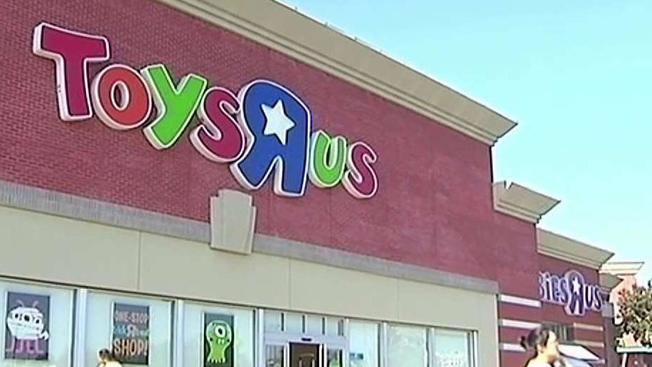(Visit the Distressed Assets page on GlobeSt.com.)
You don’t have to be world-renowned psychic Sylvia Browne to foresee that the Department of Labor will have good news—at least relatively good news—this Friday when it reports its March employment statistics. Last month was the third consecutive month in which more than 200,000 jobs were added and the fourth out of the past six months.
It is not just the Labor Department metric that points to job creation. Last week, the Commerce Department reported that US household income grew by 1.7% in Q4—higher than the 1.4% that had been projected in large part because of the increase in employment. Then there is the recent Federal Reserve Bank of New York study, which predicted that in the first half of next year we could well see the unemployment rate drop to 6% from its current 8.3%. All of this is good news for the commercial real estate industry, of course, most especially the multifamily asset class.
KC Sanjay, chief economist of Axiometrics, a provider of data and advisory services on the apartment market, points to the high correlation between job growth and apartment demand, which is as much as 71%, he tells GlobeSt.com. Or put another way, for every 1,000 jobs that are created there is a net new demand for 177 apartment unit.
We Also Recommend:
- Four Southeast Housing Markets Among Worst in US
- China Talent
- Job Growth Fuels All Sectors, Increases Demand Nationwide
“Similarly, there is a strong relationship between rent growth and job growth as well,” he says. “Job growth effects net migration to the area, which then effects demand for all goods and services, including demand for apartment.”
Other asset classes as well are benefiting, Scott Homa, vice president of Mid-Atlantic research for Jones Lang LaSalle, tells GlobeSt.com. “Office-occupying sectors have been outperforming the industrial segment for some time now, but there is a growing sense of optimism that seems to be spreading more pervasively across the broader market,” Homa says. In the case of office—a lackluster asset class in many markets—venture capital-funded enterprises, particularly startup and mid-stage technology groups, shows signs of being a significant growth driver, especially for any product outside the traditional mold, he adds.
“These users often gravitate to urban office settings, but have an affinity for unconventional space, like renovated industrial and warehouse space that has been repositioned for office use,” says Homa. “Enclaves that are able to accommodate those tenants with that sort of unique product are very well positioned in our current environment.”
Still, nagging questions exist as to how real this streak is, especially in view of looming commercial mortgage debt maturities. It is not so much that the US economy is expected to revert to another cycle of monthly job hemorrhaging as it did in 2008. However, some in the real estate industry are making the case that job creation doesn’t automatically translate into robust office, industrial, retail and yes, even multifamily demand. At least not in every single market.
Homa, for instance, notes that the same markets that led the nation from an employment and occupancy growth standpoint 24 months ago—namely Washington, DC and New York City—are now lagging the national growth trends. “In the initial months of the recovery, growth was being driven by isolated pockets of the country that benefited from stimulus and economic relief measures,” he says.
Also, some are questioning how robust the job creation truly is. Kayne Anderson Real Estate Advisors managing partner Al Rabil, who specializes in student housing and self-storage, doesn’t necessarily agree job growth is happening to a significant degree.
“I just don’t see an improving job picture playing out in the commercial real estate sector right now,” he says. Perhaps worse, he says, many in the industry are being blinded by a very human reaction to good news after a period of prolonged bad. Meaning, while the situation is not desperately frightening as it was in 2008, it is not particularly good in 2012
“I think we have been at a low point for so long that people don’t notice any more how high the unemployment rate is,” says Rabil. “They noticed when it went from 6% to over 9.5%. But now we are used to that.”
© Touchpoint Markets, All Rights Reserved. Request academic re-use from www.copyright.com. All other uses, submit a request to [email protected]. For more inforrmation visit Asset & Logo Licensing.







